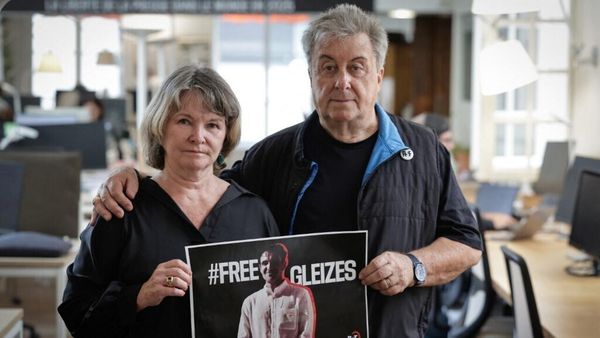
The Dow Industrials has been on an extended runup despite the abounding headwinds, with analysts attributing the strength to the market’s resilience and the Federal Reserve likely nearing the end of its rate-tightening cycle.

At least one economist is of the view the market rally may run out of steam and a collapse could be imminent.
Noted economist and gold bull Peter Schiff noted that the Dow Industrial’s 13-day winning streak is the longest since January 1987. “We all know how that year turned out,” said Schiff.
“Investors ignored rising interest rates, a falling dollar, and rising budget and trade deficits until suddenly all that bade news mattered,” he added.
The year 1987 saw the collapse of the equity market following a five-year bull run. The Dow Industrials, an index comprising 30 blue-chip stocks, rallied from 776 in Aug. 1982 to a high of 2,722 in Aug. 1987.
“On May 6, “The velocity of the volatility was stunning, beyond anything I had ever seen, with the exception of October of 1987, when I was on the trading floor,” said Ted Weisberg, president of Seaport Securities in New York.
The introduction of a bill to reduce the tax benefits associated with financing mergers and leveraged buyouts by the U.S. House Committee on Ways and Means on Oct. 14, 1987, served as a trigger. The mood was soured further by the trade balance report that showed a sharply higher deficit.
The Dow continued to fall through the week and plummeted about 22.6% on Monday, Oct. 19, 1987, often referred to as “Black Monday.”
This set off a sell-off in the rest of the financial markets and the other global markets. The Fed had to step in to bail out the economy and the markets.
There is a déjà vu feeling as all the excesses that led to the market collapse in 1987 are present currently. Interest rates are now at a 22-year high after Wednesday’s 25 basis point hike to 5.25%-5.50%, the dollar strength is eroding and America has built up a huge debt pile.
“There’s a strong parallel between the Black Monday crash and the flash crash,” said Michael Wong, an analyst at Morningstar who tracks stock exchanges.
The Federal Reserve had raised the interest rates by .25% on Wednesday, but Chairman Jerome Powell addressed that the goal will be to get to 2%.
Powell has stated that it will take 2 years in order to achieve the goal as they will consider the labor and statistics report in September for the next meeting.
Produced in association with Benzinga







